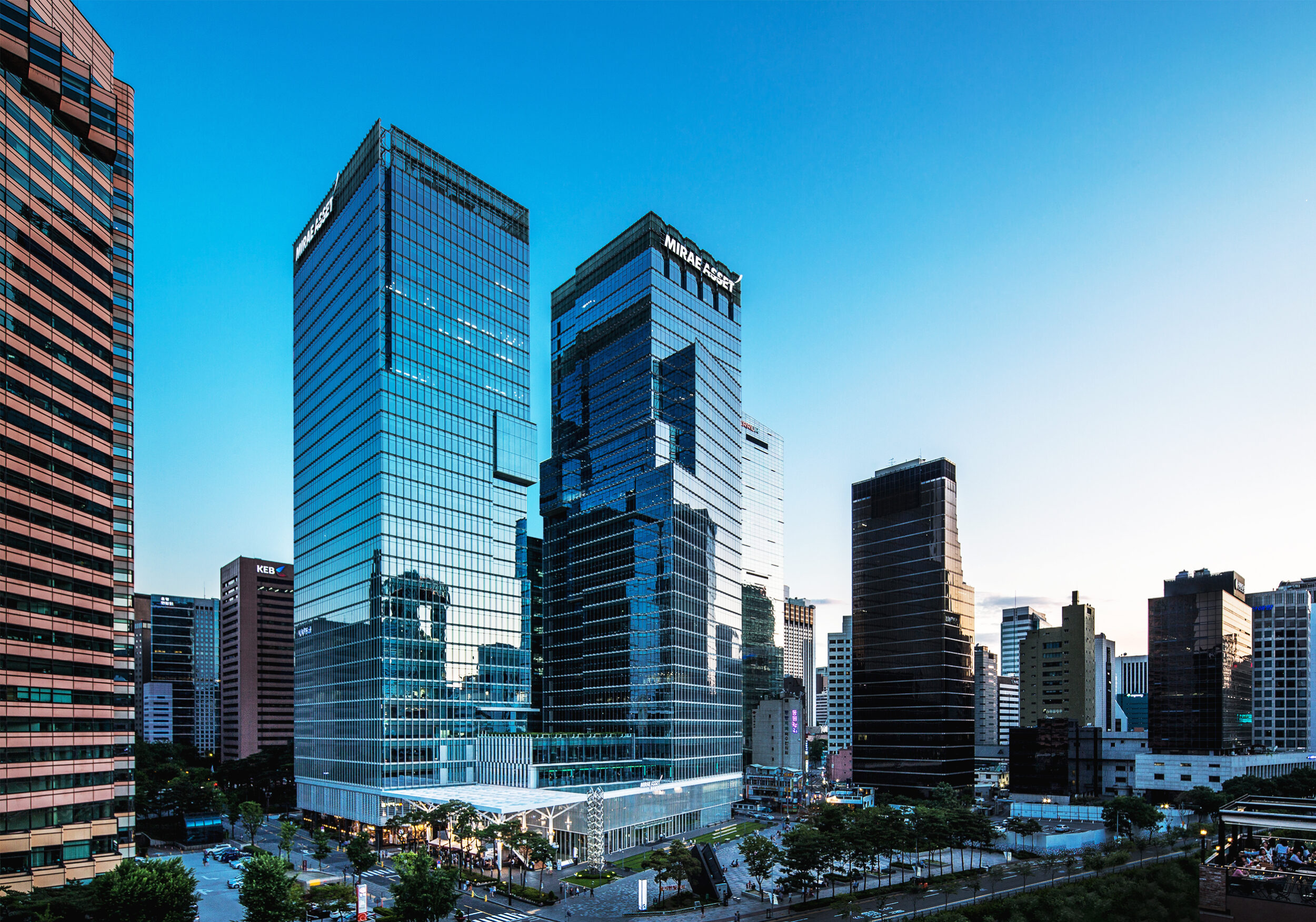by Simon Parry
China’s president Xi Jinping is a leader of sweeping ambition and grandiose ideas. Soon after he came to office in 2012, he spoke of the ‘Chinese Dream’ – an expression that quickly became a mantra recited by officials to characterize a bold new China striding out on the world stage.
That dream, Xi and Communist Party experts explained, was one of national rejuvenation, improving people’s livelihoods and building a better society and a stronger military. Its aims were prosperity, socialism, collective effort and national glory.
Whatever the philosophy, the most concrete manifestation of the concept is surely the potentially world-shaking initiative the president announced months after the Chinese Dream came into circulation – ‘One Belt, One Road’.
Xi’s big idea is to create a New Silk Road – restoring and revitalizing the ancient trade routes across Asia, the Middle East and Europe by road, by rail and by sea, opening a new era of commercial opportunity from eastern China to Western Europe, Africa and beyond.
The concept is truly epic in scale. According to China, the creation of a New Silk Road will benefit 4.4 billion people – 63% of the world’s population – in 65 countries and generate trade of $2.5 trillion over the next 10 years.
The biggest market in the world
Xi described the economic belt along the New Silk Road as “the biggest market in the world” and said in his speech announcing the initiative: “This will be a great undertaking benefiting the people of all countries along the route.”
The rich rhetoric is backed by hard cash. Since announcing the idea in September 2013, Xi has overseen the establishment of a $40 billion infrastructure investment fund to fund work across the region.
China has also set up the Asian Infrastructure Investment Bank, headquartered in Beijing and supported by 57 countries, and contracted an estimated $250 billion worth of infrastructure projects. Overseas loans since the September 2013 speech have been dominated by countries along the route, a recent study found.
|
The Chinese have a saying: ‘If you want to get rich, Tian Guoli, Bank of China |
The foundations of the New Silk Road are already being laid. Harbours are being built in Sri Lanka, tens of billions of dollars’ worth of infrastructure projects are under way in neighbouring Central Asian countries such as Kazakhstan, and a major new port to export goods originating from Central Asia is being constructed in eastern China.
Meanwhile, in key cities along the route, such as Xining on the edge of the Qinghai-Tibetan plateau, where three key high-speed rail lines converge, transformative infrastructure and building programmes are under way to prepare for a rush of new business.
First build the roads
Tian Guoli, chairman of the Bank of China, which is investing $100 billion in loans for works along the New Silk Road over the next three years, summed up the thinking behind the grand plan. “The Chinese have a saying: ‘If you want to get rich, you have to first build the roads’,” he said in an interview with state media. Countries along the route might be relatively underdeveloped but they have enormous potential, he said. “The epicentre of development will move towards the east ultimately and Xi is just summarizing this trend,” Tian said.
In harmony?
Inevitably, the scope of the initiative has triggered concern and suspicion in some quarters that the New Silk Road has the potential to spread Chinese hegemony and increase its naval strength in historically disputed parts of Asia.
Foreign minister Wang Yi dismissed this, saying that rather than a solo project by China the ‘One Belt, One Road’ initiative was a “symphony” performed by all the countries along the New Silk Road – although whether they remain in harmony long enough to reap its rewards remains to be seen.
The real tests of this Chinese Dream in action will not be China’s proven ability to perform infrastructure miracles but its ability to forge closer diplomatic as well as economic ties with the countries along the route of the New Silk Road and the sheer cost of the works. Does China have deep enough pockets to withstand the winds of economic slowdown and maintain its commitment to the project, and does it have enough capable diplomats to smooth the path to development for mutual benefit?
Those are the questions that will ultimately determine whether the New Silk Road is the route to a brave future for global commerce or a rhetorical road to nowhere.



